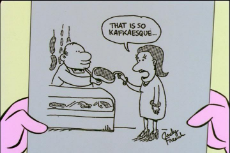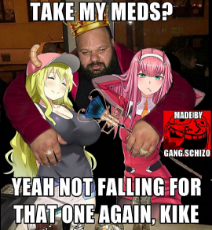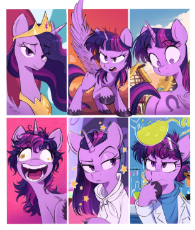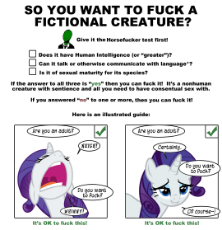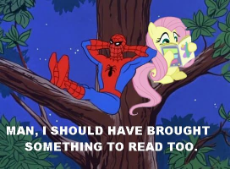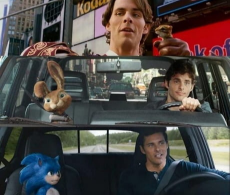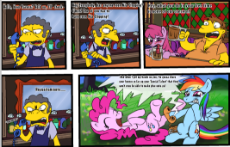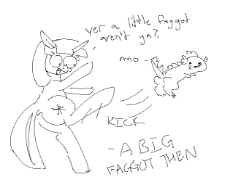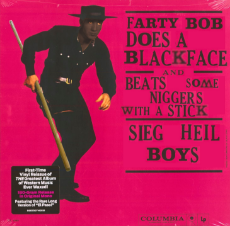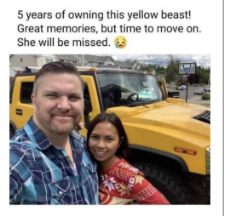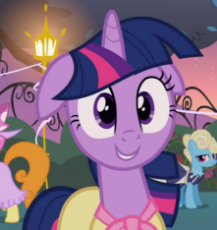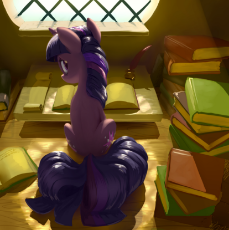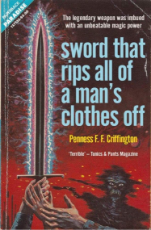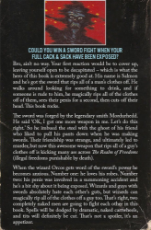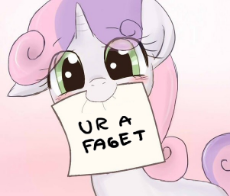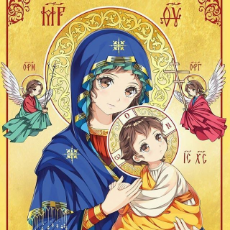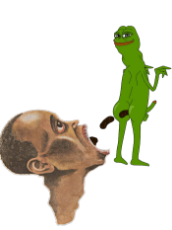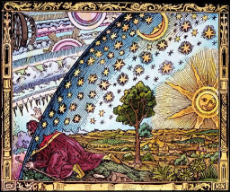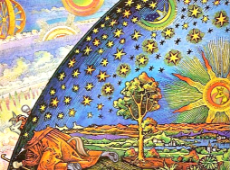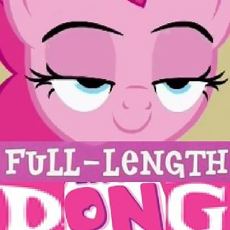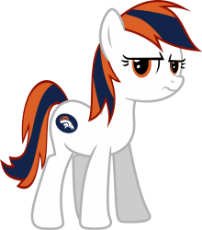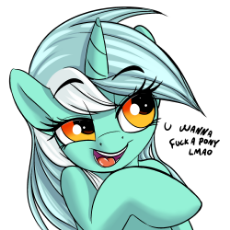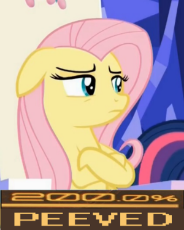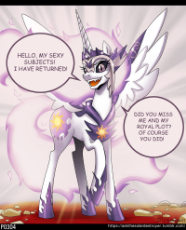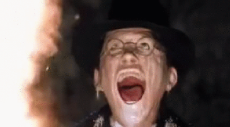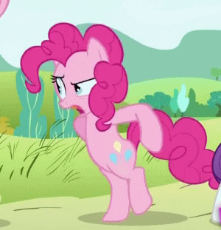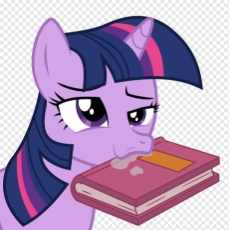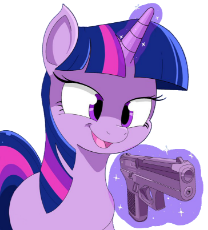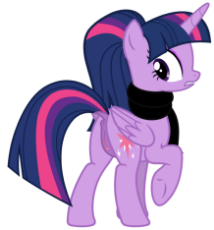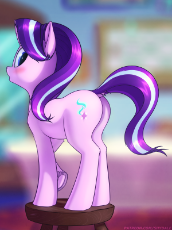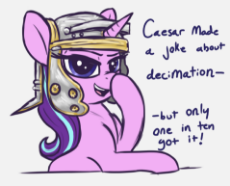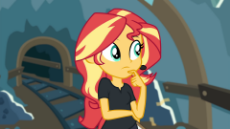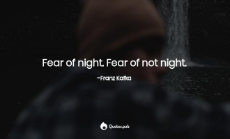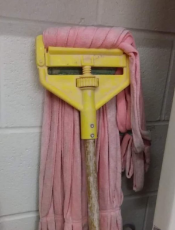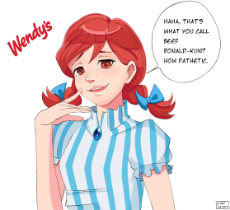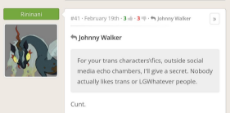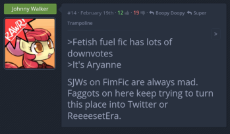>What is this?
This is a literary review thread for pony fanfiction. We take an MLP fic, read through it, and
>Why are you doing this?
Amusement, boredom, pomposity; take your pick.
>Do I have to read the actual fic to follow along?
Not necessarily, but reading the story concurrently along with the thread might give you a better understanding of what I'm talking about. I usually try to provide a clear synopsis of what's going on and quote directly from the text where applicable, but I can't guarantee that my summary will be 100% accurate or clear.
>Doesn't this thread violate the "no generals" rule?
Probably, but does anyone really care at this point?
As ever, discussion of the story is encouraged from those reading the thread. I encourage anons to share their own views and to dispute any of my opinions/takes if they disagree.
Also, I'd like to take a quick survey while I'm at it. Are people still enjoying these threads? Are people legitimately getting something out of this, or is this just turning into another "OP's vanity blog thread?" I'm debating whether or not to call it quits on the fic reviews after this one, and maybe focus either on developing my own (neglected) writing projects or doing a more generalized writing advice thread (or maybe just becoming more of a presence in the existing writing advice thread started by Sven). I also want to get that book club thread that was discussed earlier started up. I legitimately enjoy doing these reviews, but they're also getting to be kind of a time sink. I'd like to hear people's input on whether or not this is still a worthwhile project.
Previous Threads:
Our Girl Scootaloo
By Cozy Mark IV
>>331344 →
Rainmetall *included in the Our Girl Scootaloo thread, post # indicates start point
By Speedy and/or Regular Gonzalez
>338993
The Best Night Ever
By Capn_Chryssalid
>>327793 →
Fallout: Equestria
By kkat
>>284789 →
The Sun & The Rose
By soulpillar
>>269307 →
Friendship is Optimal *included in the Past Sins thread, post # indicates start point
By Iceman
>>266598 →
Past Sins
By Pen Stroke
>>248482 →
Would it Matter if I Was?
By Ferret
>>202151 →
Silver "to master the art of sucking dick you must first become the dick and learn to suck yourself" Star and the Adventures of the Endlessly Self-Fellating Britbong
By Nigel
>>165646 →
-----------------------------------------------------------
Current Story:
I.D. - That Indestructible Something
by Chatoyance
Source:
https://www.fimfiction.net/story/85294/id-that-indestructible-something
Total Word Count:
97,212
Synopsis:
>A young woman awakens transformed into an Equestrian pony - yet no other human being can perceive her new body in any way whatsoever. With clumsy hooves, but a bright mind, Gregoria Samson must trust in herself to discover the incredible, monumental truth behind her impossible change.
As was the case with Fallout: Equestria and The Best Night Ever, this story is a derivative work, based on a famous story. In this case, the source material is Franz Kafka's Metamorphosis. With these other two fics, I mostly avoided comparing them with the properties they were based on, and tried to evaluate them as standalone works. This was mostly because I have never played any Fallout games, and hadn't seen Groundhog Day in a very long time. In this case, I'm a little more familiar with the material being parodied; however, it seems only fair to take the same approach here that I took with the others. As such, I will try to avoid doing too much comparison between this and the story it's based on, and focus on evaluating Chatoyance's writing on its own merits, whatever those may turn out to be.
